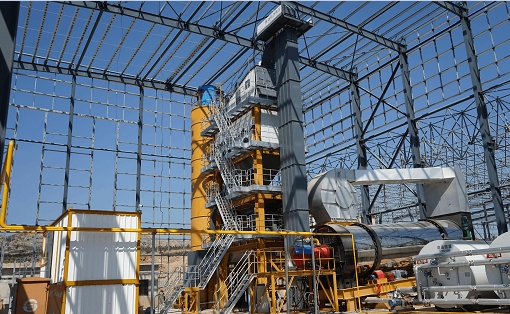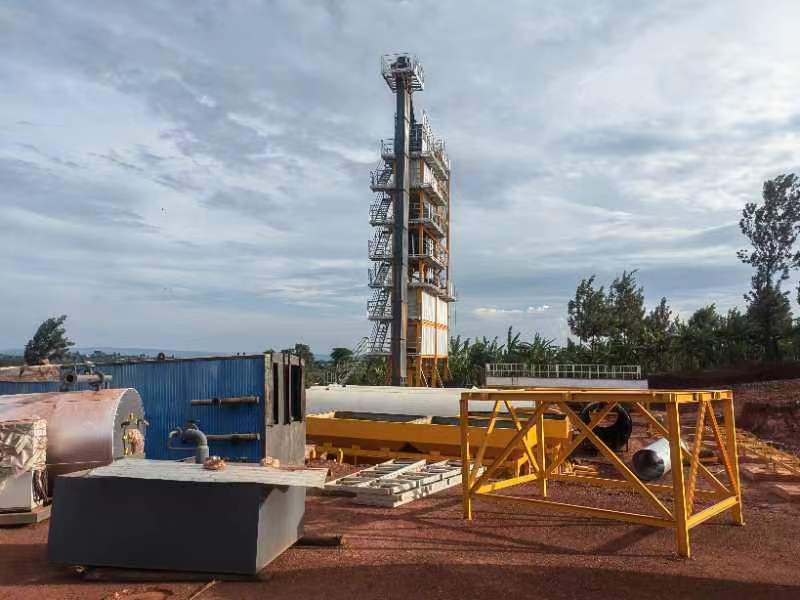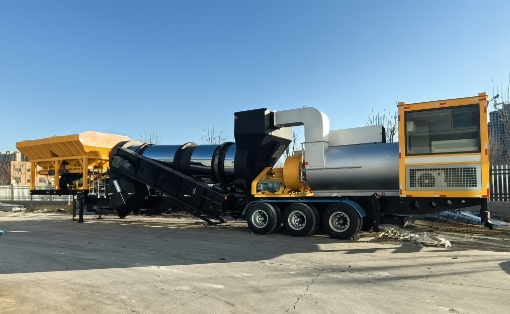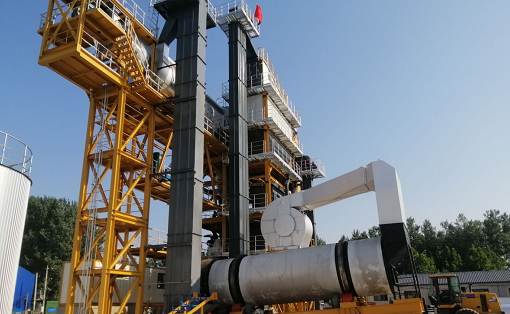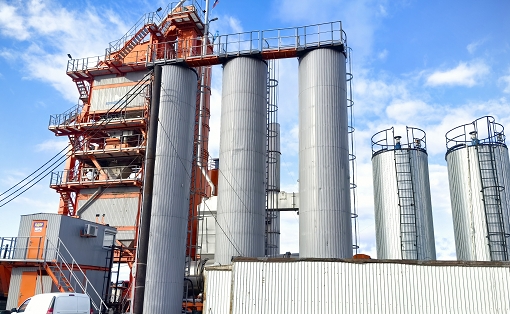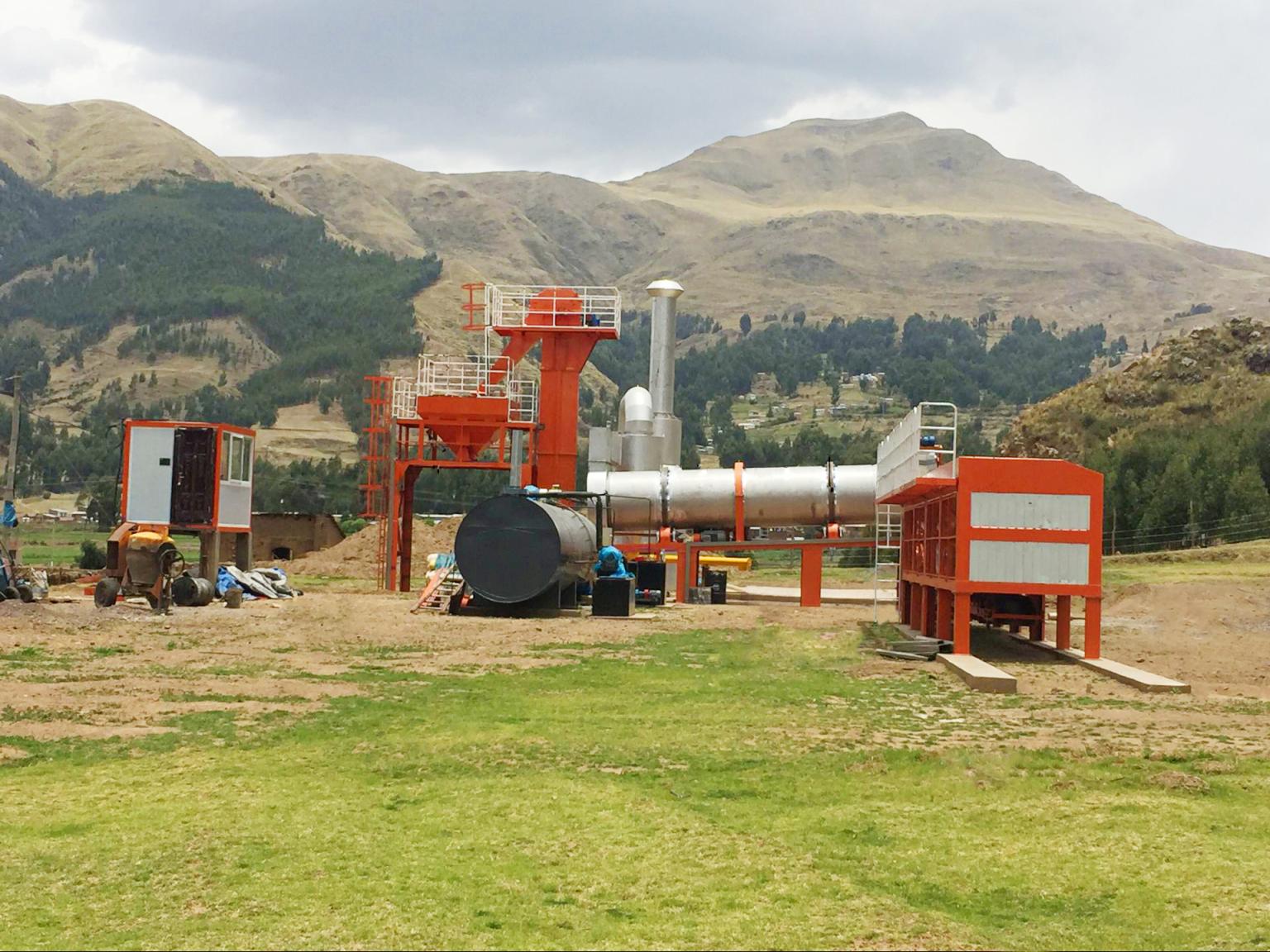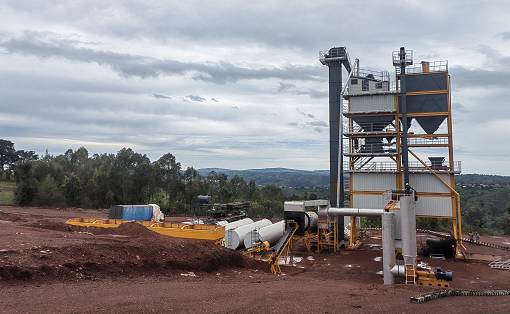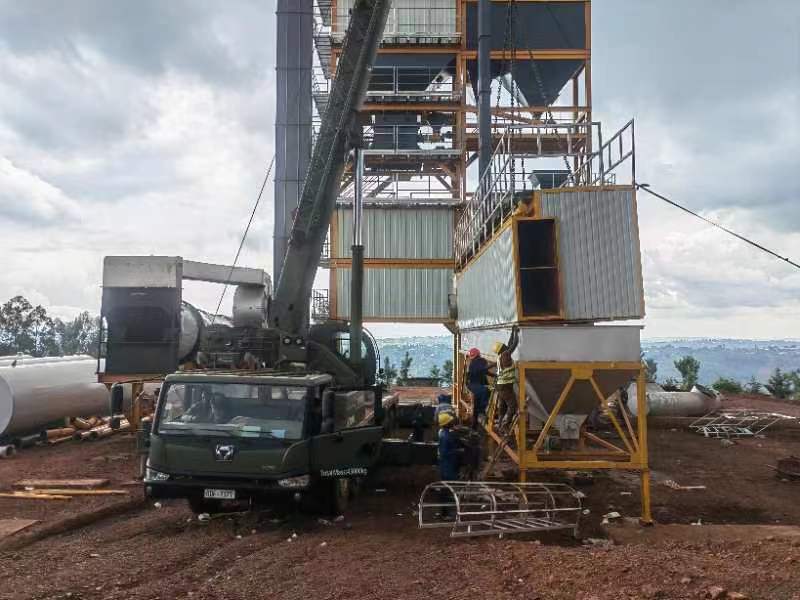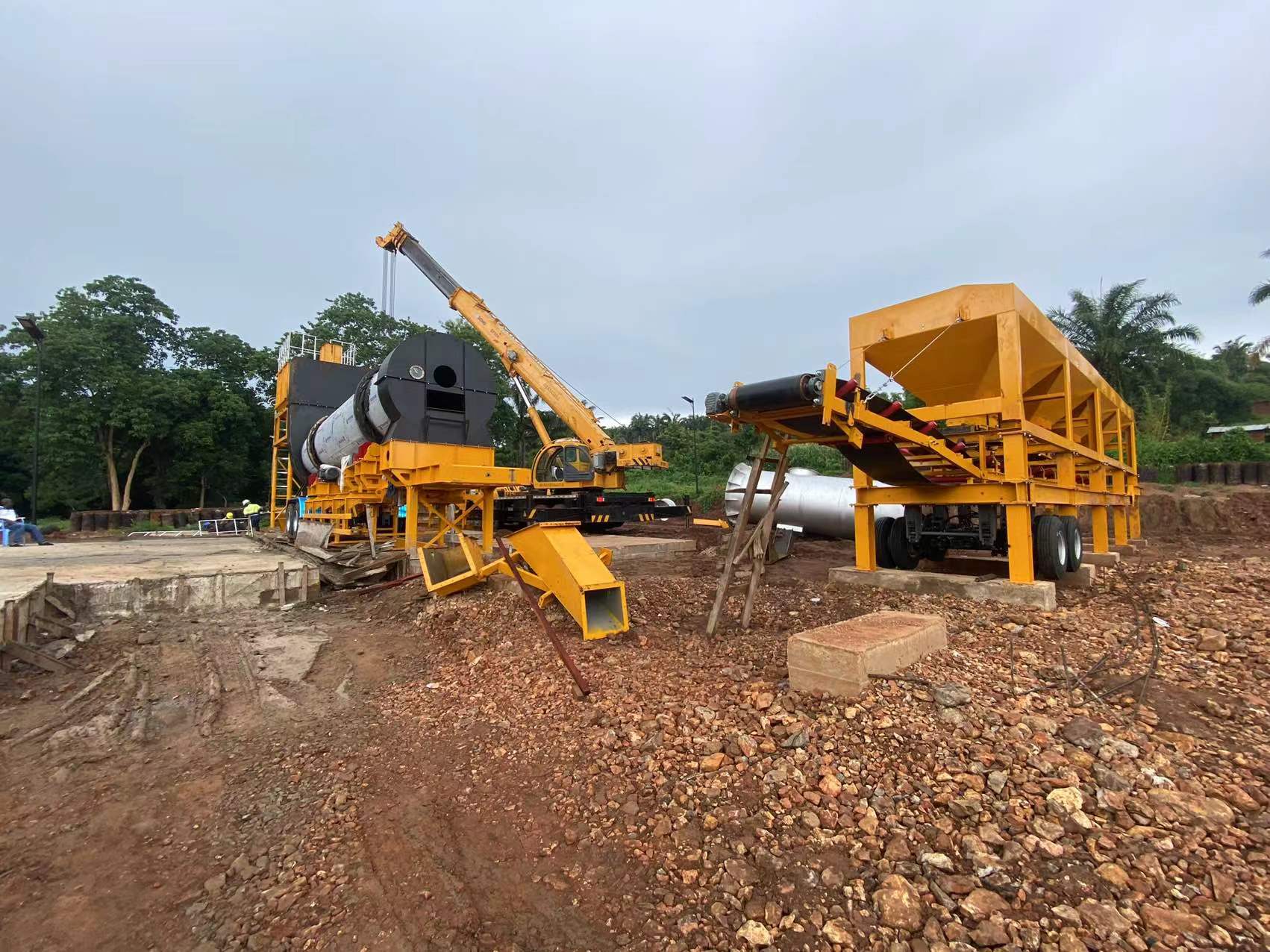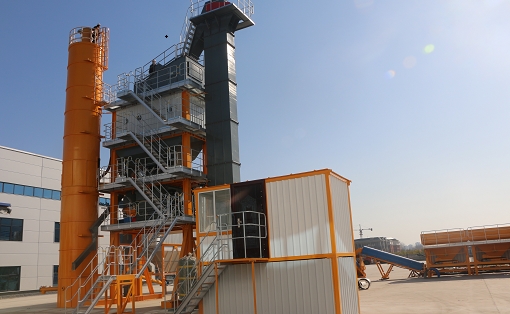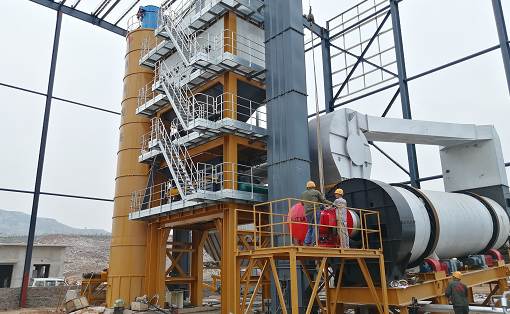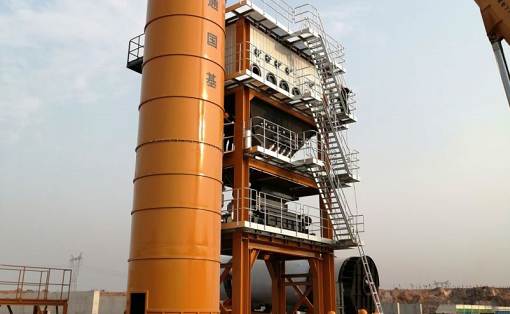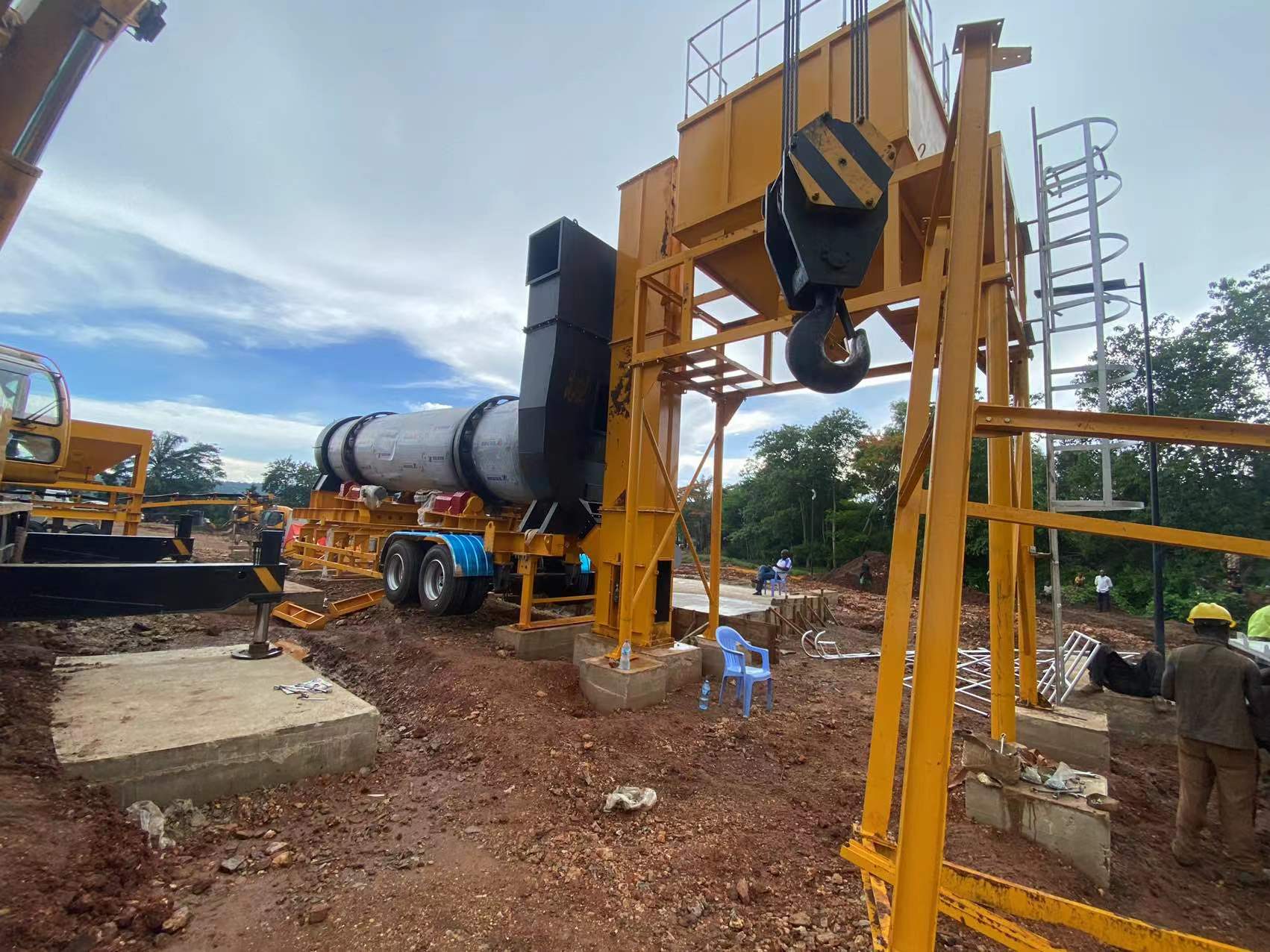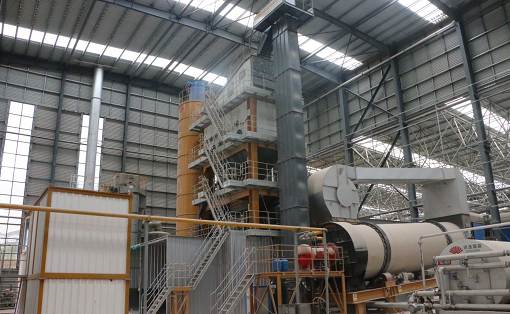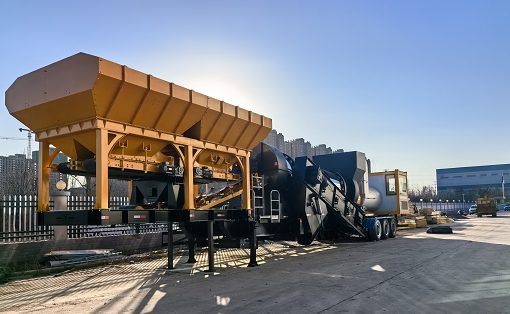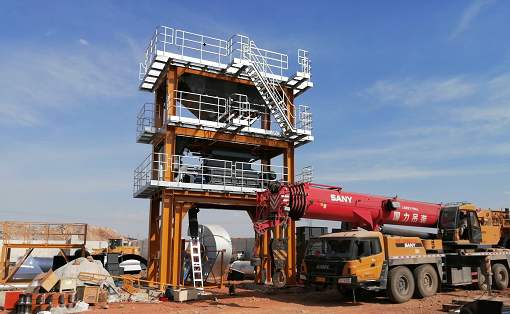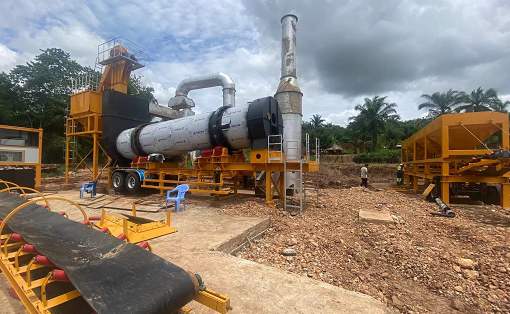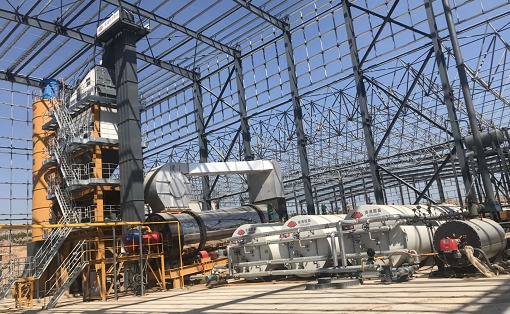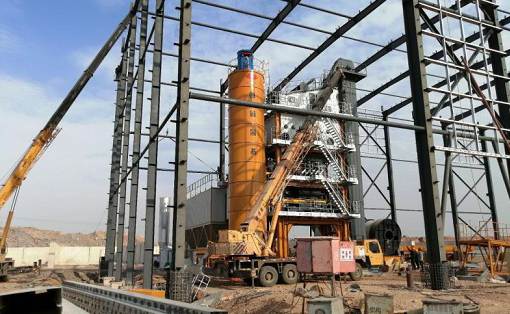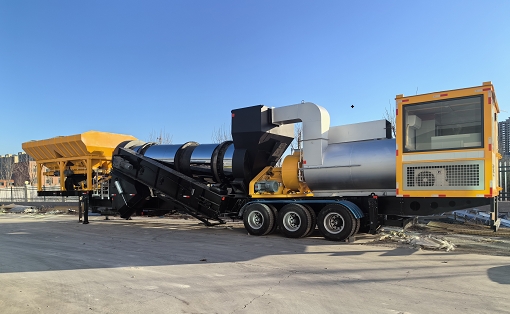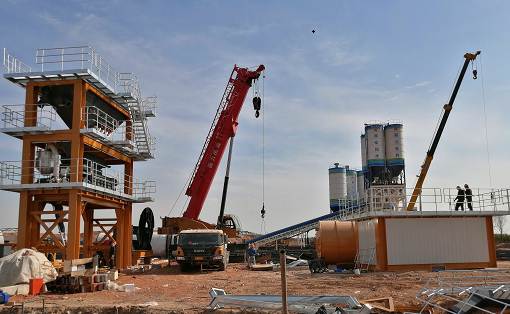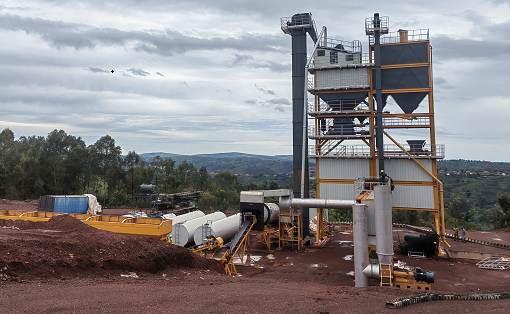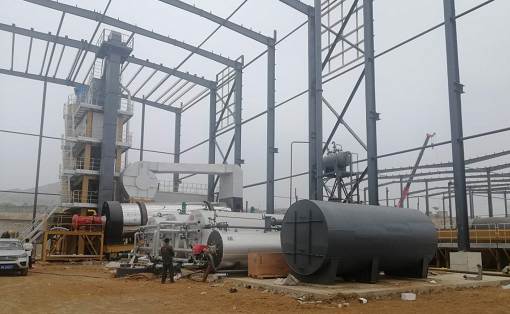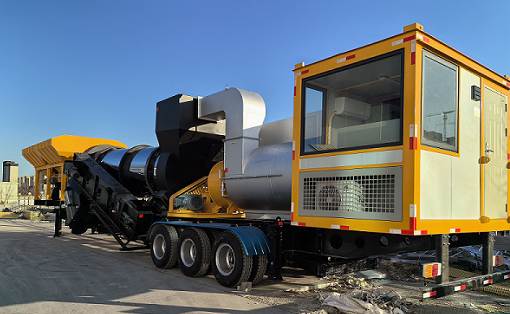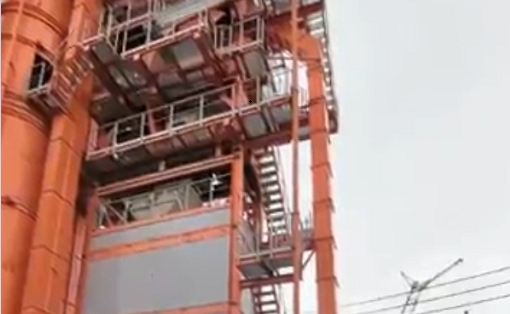How to maintain the driving device in asphalt mixing plant?
The driving device is one of the important components of the asphalt mixing plant, so whether it can operate reliably must be highly valued to avoid adverse effects on the entire asphalt mixing plant. In order to ensure that the driving device in the asphalt mixing plant is indeed complete and reliable, the following maintenance measures are essential.
The driving device is one of the important components of the asphalt mixing plant, so whether it can operate reliably must be highly valued to avoid adverse effects on the entire asphalt mixing plant. In order to ensure that the driving device in the asphalt mixing plant is indeed complete and reliable, the following maintenance measures are essential.
The first thing to pay attention to is the universal rotating part of the driving device of the asphalt mixing station. This part has always been a fault-prone part. In order to reduce the incidence of faults, grease should be added on time, the wear and tear should be checked frequently, and repaired and replaced in time. . Users should also prepare a cardan shaft assembly to avoid affecting the working process of the entire asphalt mixer.
It is also necessary to ensure the cleanliness of the hydraulic oil used in the asphalt mixing station. After all, the working environment of the equipment is relatively harsh, so sewage and sediment must be prevented from entering the hydraulic system. Hydraulic oil should also be replaced regularly according to the instructions in the user manual. Once water or sediment is found mixed in the hydraulic oil during inspection, the machine must be shut down immediately to clean the hydraulic system and replace the hydraulic oil.
Asphalt mixing plants require supporting cooling devices, which are also an important concern in the drive system. To ensure that its effectiveness can be fully exerted, on the one hand, the hydraulic oil radiator must be cleaned regularly to prevent the radiator from being blocked by cement; on the other hand, it is also necessary to check whether the electric fan of the radiator is operating normally to prevent the hydraulic oil temperature from exceeding the standard.
As long as the hydraulic oil of the driving device of the asphalt mixing plant is kept clean, there will generally be few faults. However, different manufacturers have different service lifes. Pay attention to its alkalinity and replace it in time.

